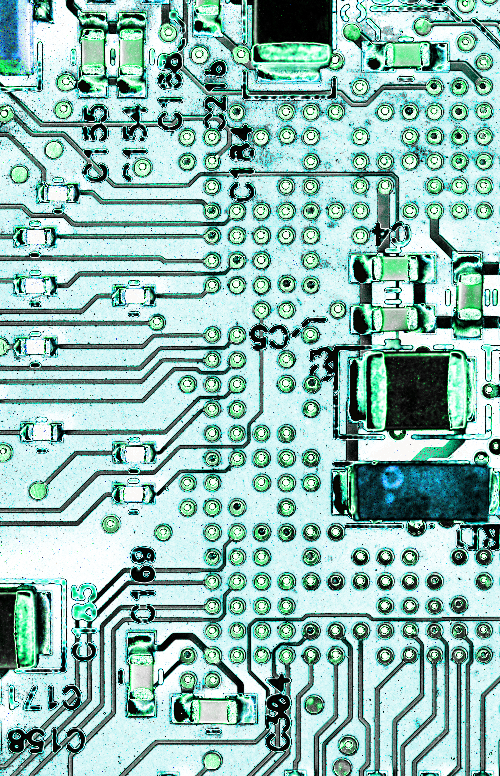STEM boards open fields
 Australian researchers have developed customised circuit boards to help encourage STEM knowledge, logical thinking and creativity for people living with intellectual disabilities.
Australian researchers have developed customised circuit boards to help encourage STEM knowledge, logical thinking and creativity for people living with intellectual disabilities.
A range of customised colour-coded printed circuit boards with large controls and recognisable symbols have been created to facilitate easy circuit making.
“We developed TronicBoards as a curated set of electronic modules to address this gap in accessibility,” says lead researcher, Monash University PhD candidate Hashini Senaratne.
“These boards can be combined with conductive tape and other electronic components, including LEDs, vibration motors, buzzers and push buttons etc. to create and demonstrate working electronic circuits,” Ms Senaratne said.
The design of TronicBoards was informed by workshops conducted by co-author Dr Kirsten Ellis involving 148 adults living with intellectual disabilities. The participants were guided and supported by the researchers and support workers from various disability support organisations.
“We found that the participants, with varying degrees of support, were able to logically interact with the boards, complete workable circuits and in some cases were also able to add creativity and craft personally meaningful objects like adding lights to a mirror and a music box that can change melodies with a slide switch,” Ms Senaratne said.
Research co-author Dr Swamy Ananthanarayan said the overarching goal of TronicBoards is to provide an opportunity for marginalised communities to move from being passive recipients to actively participating in the design of diverse technologies.
“We envision a future where the tools and systems are flexible enough so people living with disabilities can craft smart artefacts and potentially their own assistive devices independently or with limited support from caregivers and disability support workers,” Dr Ananthanarayan said.
Through the workshops data has been gathered to improve future iterations of the TronicBoards.
The researchers are working to integrate the next editions of the boards with braille to improve accessibility for people living with visual impairments.








 Print
Print